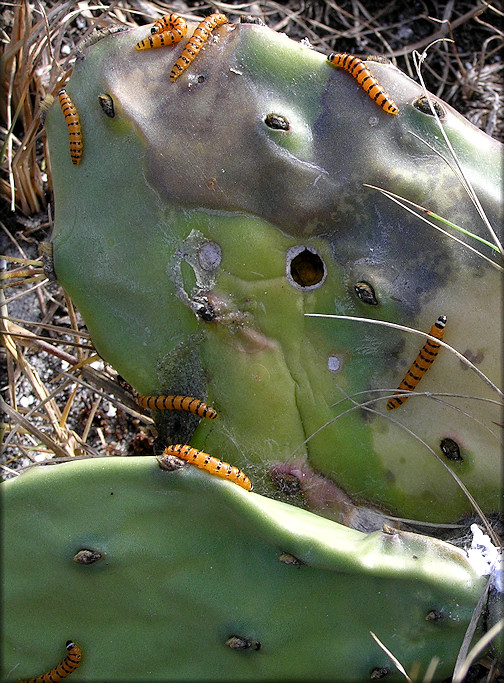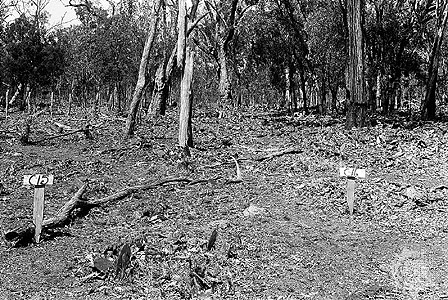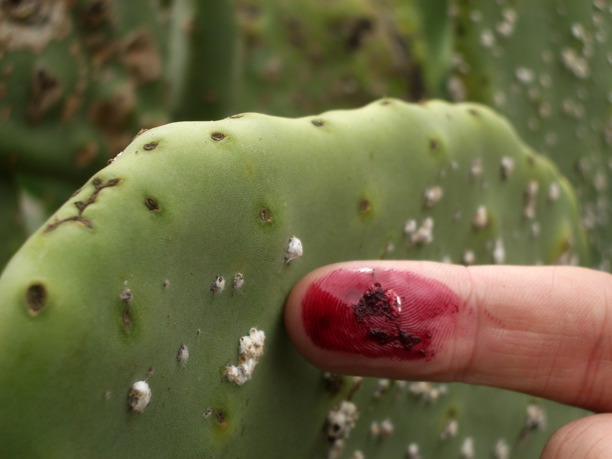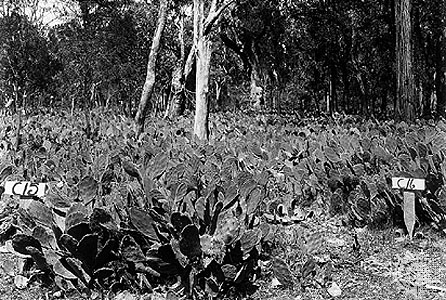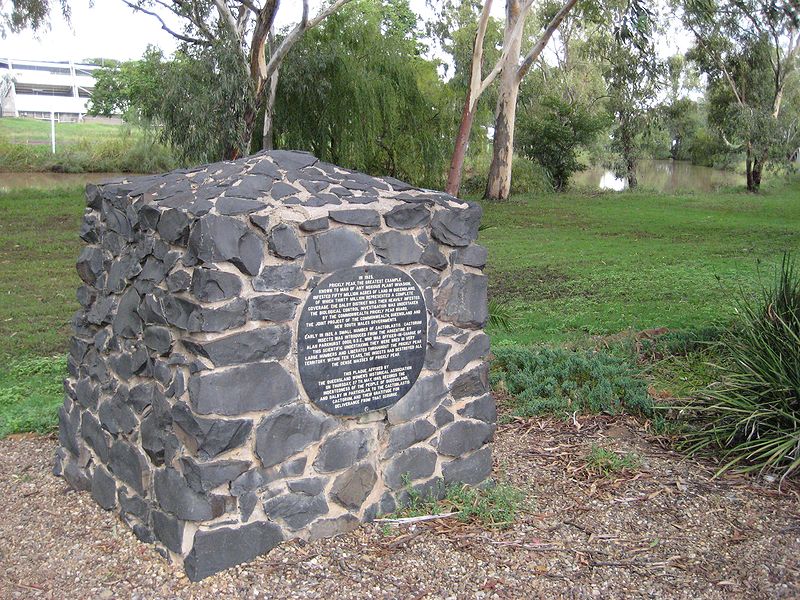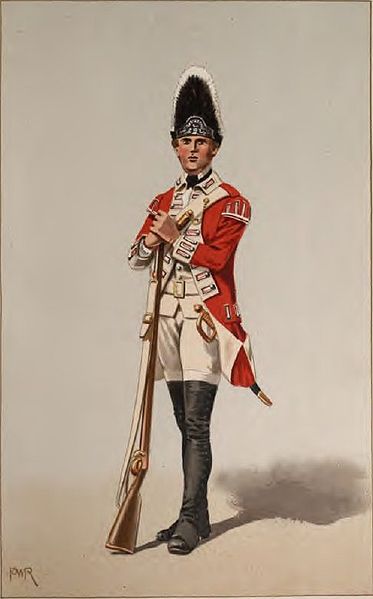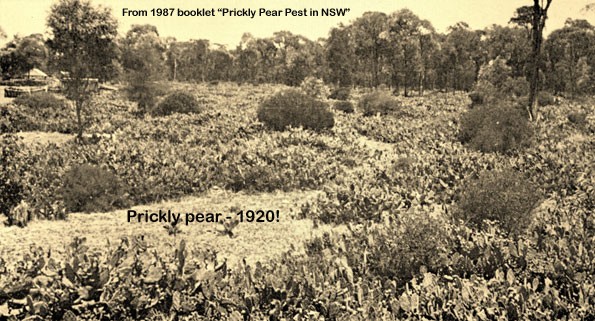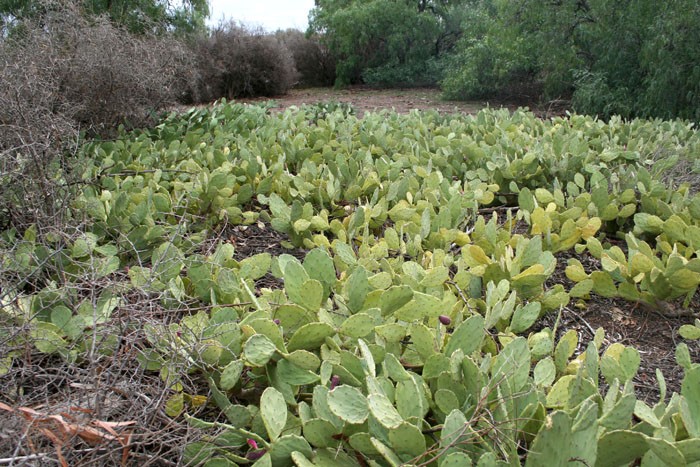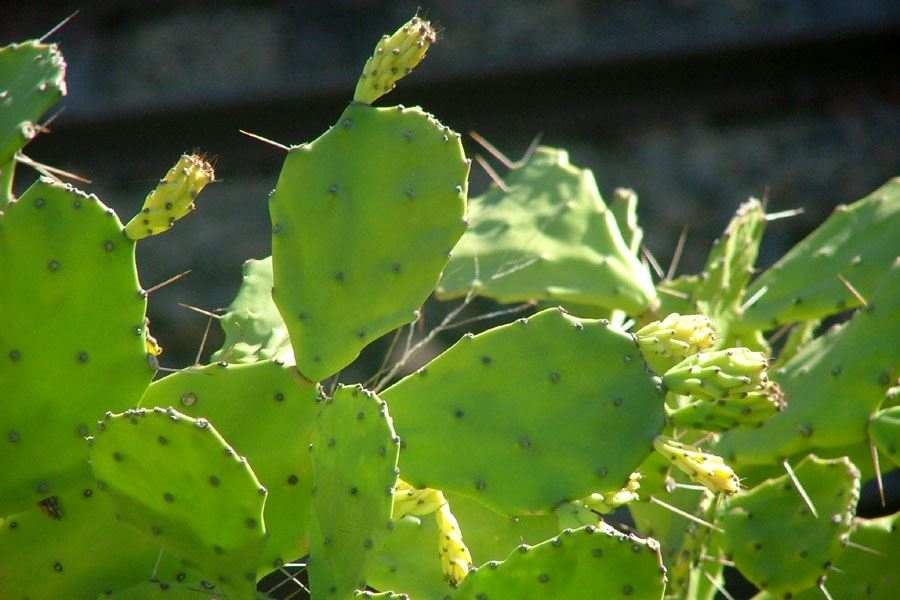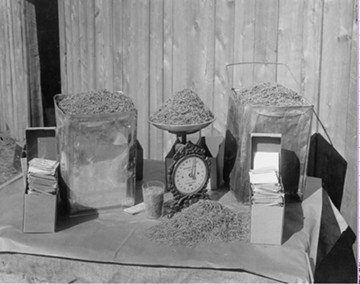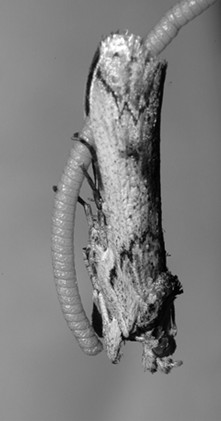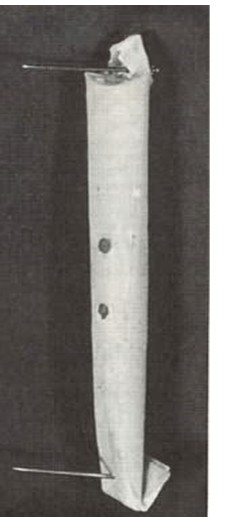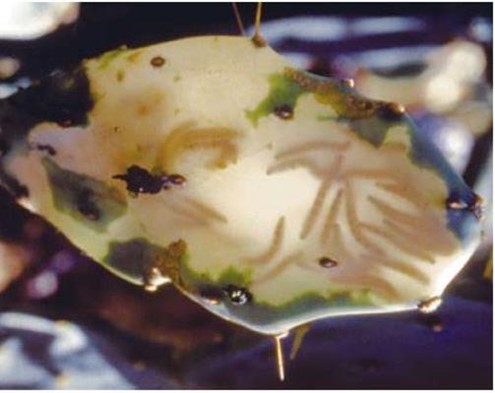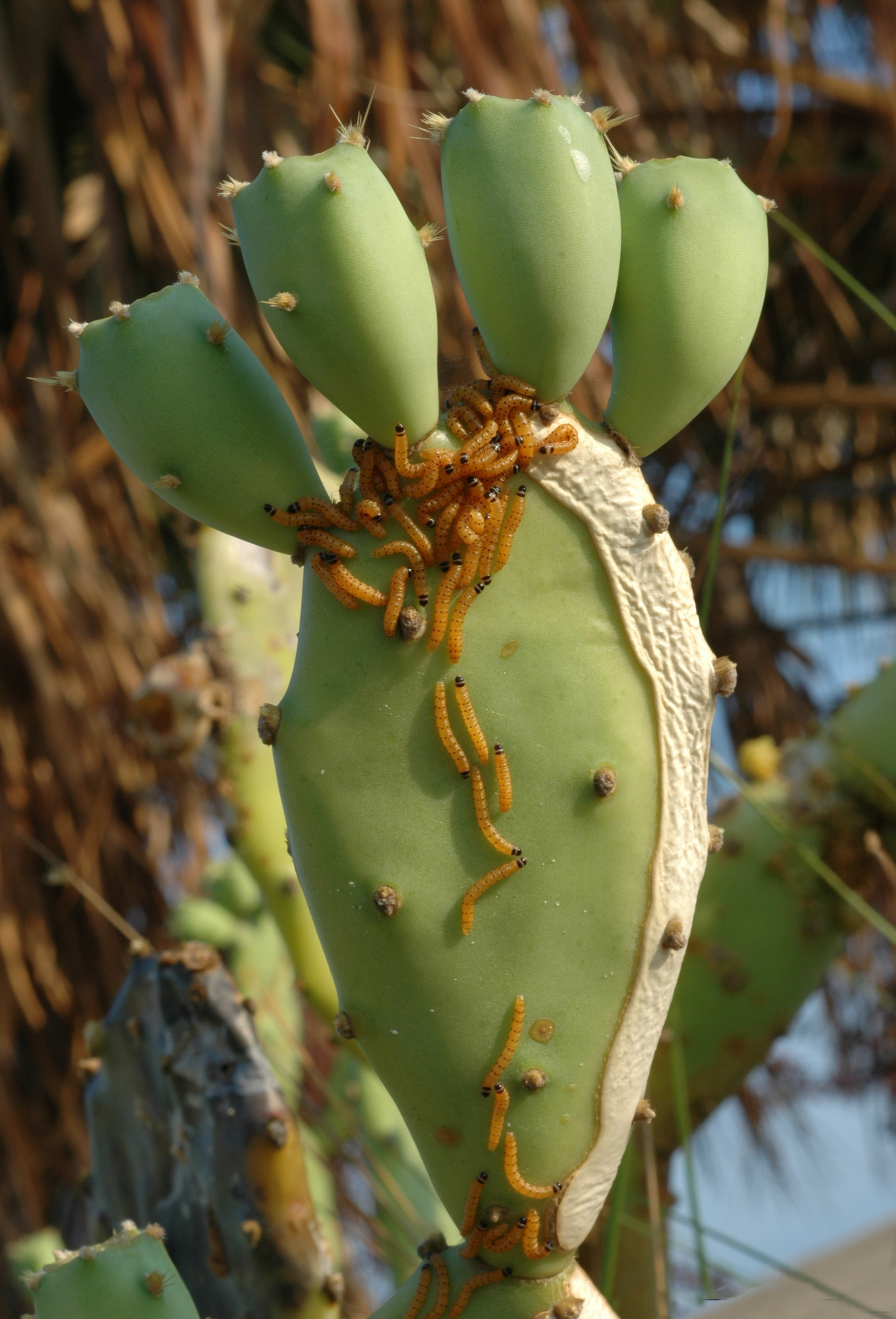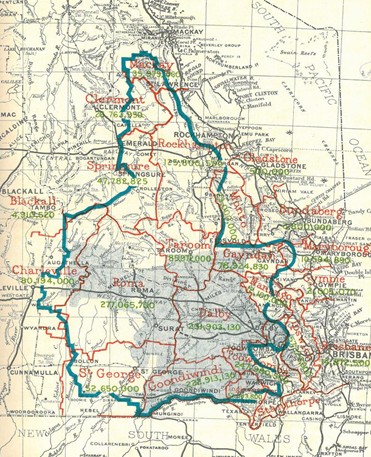Cactus Caterpillar as a Biological Control Agent
Three photos by Ignacio Baez
The Alan Fletcher Research Station, Department of Lands, Queensland
The cactus caterpillar, Cactoblastis cactorum, is among the best known of social caterpillars for causing the collapse of a massive invasive population of Opuntia cactuses in Australia in the early 1900's.
Opuntia cactus infested with the cochineal scale insect was brought to Australia from South America in 1788 with the intention of starting a dye industry based on the red pigment produced by the insect.
By the early 1900's the spread of Opuntia cactuses had become a major environmental disaster with millions of acres in Queensland and New South Wales infested.
In 1925, approximately 3000 larvae of C. cactorum were collected in Argentina and shipped to Australia where they were mass reared. It is estimated that captive rearing and the natural reproduction of released insects resulted in the eventual production of over 30 million egg sticks. To distribute the egg sticks, they were placed in paper "quills" and pinned directly onto infested cactuses. By 1930, the caterpillars had largely destroyed the invasive cactus throughout much of Queensland and New South Wales. The effort involved a workforce of over 200 people.
IN 1925 PRICKLY PEAR, THE GREATEST EXAMPLE KNOWN TO MAN OF ANY NOXIOUS PLANT INVASION INFESTED FIFTY MILLION ACRES OF LAND IN QUEENSLAND, OF WHICH THIRTY MILLION REPRESENTED A COMPLETE COVERAGE, THE DALBY DISTRICT WAS THEN HEAVILY INFESTED. THE BIOLOGICAL CONTROL INVESTIGATION WAS UNDERTAKEN BY THE COMMONWEALTH PRICKLY PEAR BOARD. THE JOINT PROJECT OF THE COMMONWEALTH, QUEENSLAND AND NEW SOUTH WALES GOVERNMENTS. EARLY IN 1925, A SMALL NUMBER OF CACTOBLASTIS CACTORUM INSECTS WAS INTRODUCED FROM THE ARGENTINE BY ALAN PARKHURST DODD, O.B.E., WHO WAS OFFICER-IN-CHARGE OF THIS SCIENTIFIC UNDERTAKING. THEY WERE BRED IN VERY LARGE NUMBERS AND LIBERATED THROUGHOUT THE PRICKLY PEAR TERRITORY. WITHIN TEN YEARS, THE INSECTS HAD DESTROYED ALL THE DENSE MASSES OF PRICKLY PEAR. THIS PLAQUE, AFFIXED BY THE QUEENSLAND WOMEN"S HISTORICAL ASSOCIATION ON THURSDAY, 27 TH. MAY ,1965, , RECORDS THE INDEBTEDNESS OF THE PEOPLE OF QUEENSLAND, AND DALBY IN PARTICULAR, TO THE CACTOBLASTIS CACTORUM, AND THEIR GRATITUDE FOR DELIVERANCE FROM THAT SCOURGE.
A monument commemorating the eradication of the Opuntia cactus by Cactoblastis (Dalby, Queensland Australia)
